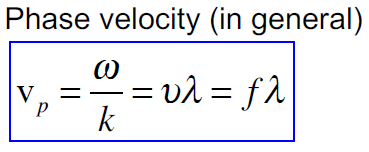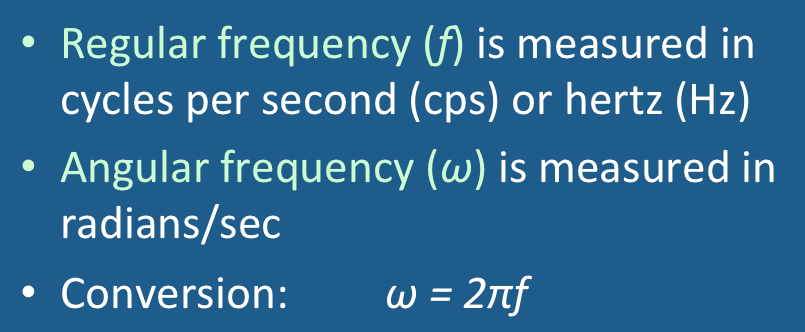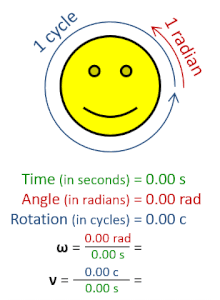
Sketch the following real discrete-time sinusoids. Find the period of each signal. (a) cos 2 pi n. (b) cos (9 pi n/4). | Homework.Study.com

begin{aligned}=frac{2 pi}{omega}=2 pi sqrt{frac{R}{g_{0}}} &=1.41 text { hour. } & text { EXERCISE } text { body weighs } 144 mathrm{N} text { the surface of earth. When it is taken to



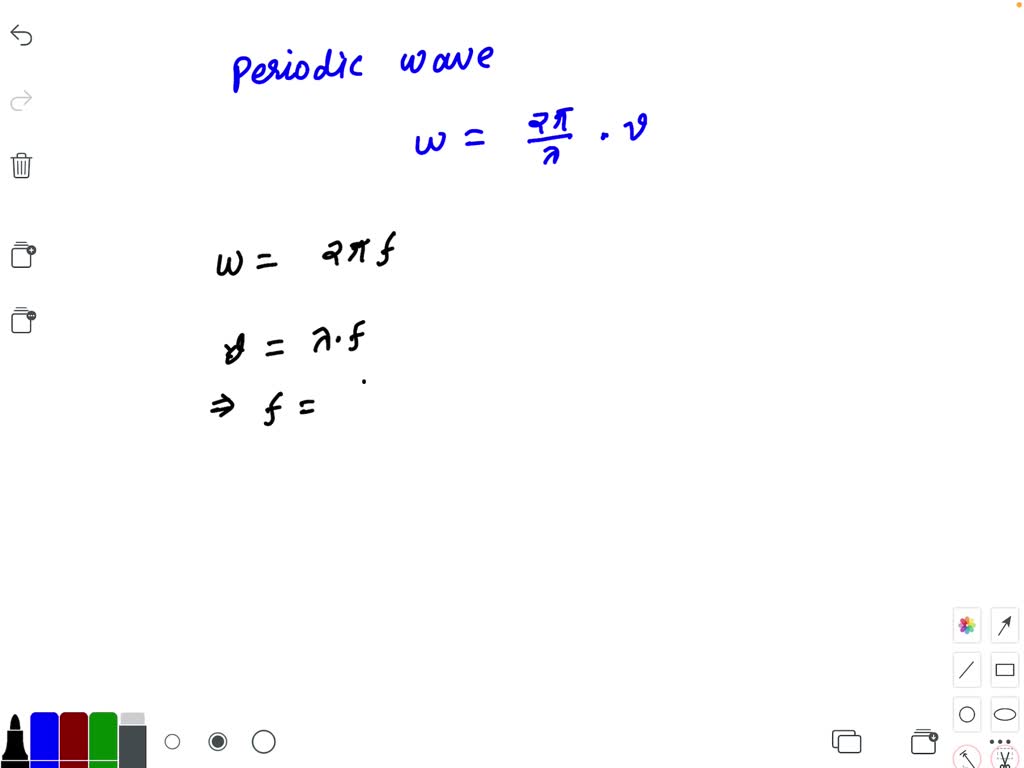


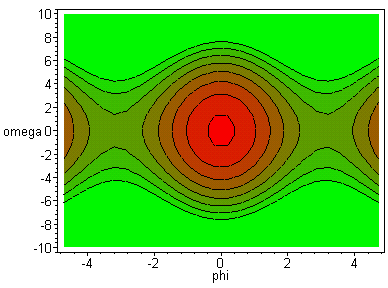


![Angular rotation rate Ω(r,θ)/(2π)\documentclass[12pt]{minimal}... | Download Scientific Diagram Angular rotation rate Ω(r,θ)/(2π)\documentclass[12pt]{minimal}... | Download Scientific Diagram](https://www.researchgate.net/publication/362029603/figure/fig3/AS:11431281112131764@1673321085046/Angular-rotation-rate-Or-th-2pdocumentclass12ptminimal-usepackageamsmath.png)
![Gujrati] Why periodic time T= (2pi)/(omega) of function f(t)= A cos o Gujrati] Why periodic time T= (2pi)/(omega) of function f(t)= A cos o](https://static.doubtnut.com/ss/web-overlay-thumb/6870013.webp)

